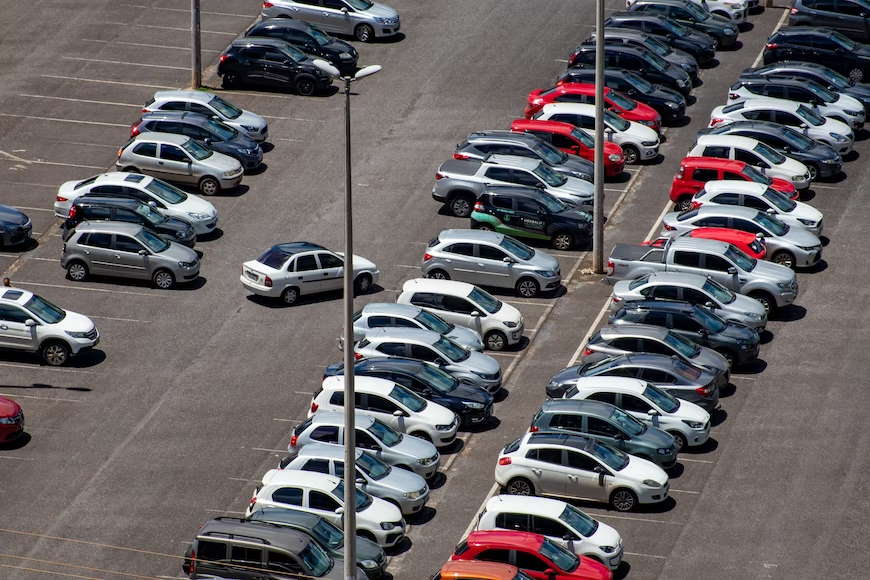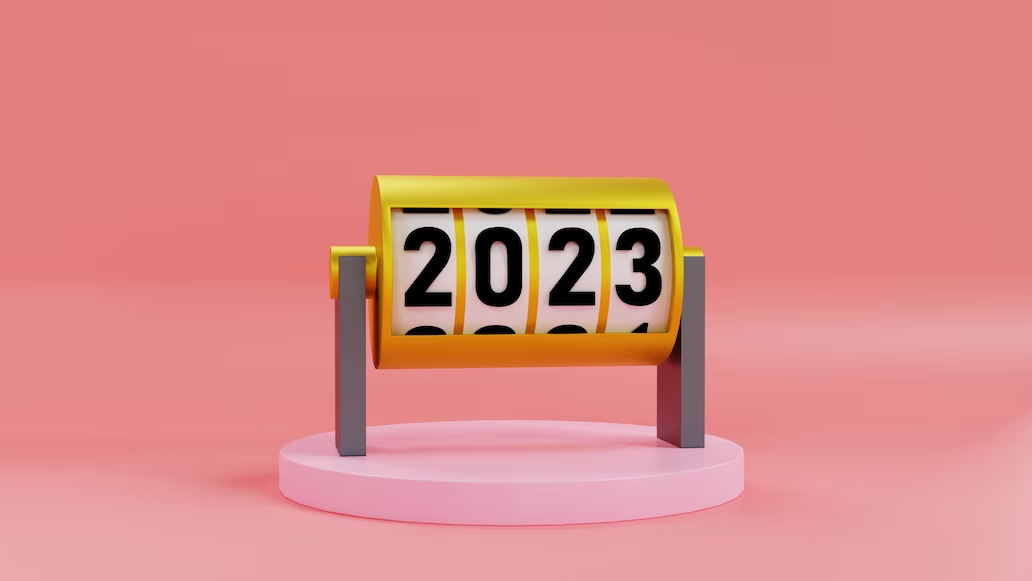The past few years have been, well, challenging, when it comes to buying a new car. If you’ve been holding off and waiting for things to level off economically, 2023 might not bring what you are hoping for. But with some preparation and personal considerations buying a new car in 2023 is not impossible.
Here’s what you should know about buying a new car in 2023.
Why are auto loans increasing?
Auto loans are continuing to climb for two main reasons: increased interest rates and increased car prices. Over the course of 2022 car loans have increased by 8.59% according to Experian. And this trend is expected to continue over the next several months.
Supply shortages led to an increased demand in cars during the pandemic, and we are still feeling the ripple effects of this. Semiconductors, raw materials, and other shortages meant that manufacturing was incredibly delayed in 2020, 2021, and even 2022. Increased demand leads to increased prices, which is one reason auto loans are significantly higher than they have been in the past.
High prices coupled with high interest rates from the Fed’s increasing prime rates have made getting a new car more expensive than ever. So what can we expect in the upcoming year?

How will the car market be in 2023?
It’s always impossible to predict exactly what the market will look like in the next year. The car market is highly dependent on a number of factors, all of which will contribute to the affordability and accessibility of new cars in 2023.
There might still be supply chain issues.
One of the major contributors to the heated car market of the past two years was a semiconductor shortage that jammed the brakes on new car production. It’s not exactly clear how long this shortage will continue for, but experts expect it to continue into the summer. There is hope that the shortage will be solved by the third quarter, but there are no guarantees.
New car prices will most likely stay the same.
While we would all hope that the price of new cars would come down drastically in 2023, that doesn’t appear to be the case. Dealerships are keeping less inventory on their lots, which is in part a strategy to keep prices high. They are no longer offering incentives as they used to, and that will continue to be the new norm. Manufacturer incentives right now make up about 2% of a new car price, compared to 11% back in 2020 according to Kelley Blue Book. Dealers and manufacturers want to continue this trend as it means more profits. This results in less vehicle affordability for the rest of us.
Car loan rates may still be high.
As we are still battling our way out of inflation, interest rates will remain high throughout 2023. These increased rates have made financing more difficult for many people and has put new car ownership out of reach. Unfortunately this will continue throughout 2023.

Will next year be a good time to buy a car?
It’s safe to say that 2023 is not going to be the ideal year to buy a new car. But that doesn’t mean it is impossible, and it doesn’t mean you will get a bad deal. But it does mean you may need to work a bit for it and be a bit more cautious.
Think about your job and income.
While things seem to be improving economically, there is no guarantee for what 2023 will bring. Much is still up in the air and it is possible we will end up in a recession. If you feel like your job is not particularly stable or that your hours might be cut, it’s probably not a good idea to buy a car.
Get your credit score in shape.
Car loan APRs are not going to decrease drastically in 2023, so it’s more important than ever to make sure your credit score is in good shape. Ensure you are making full and on time payments, request higher credit limits, and review your credit report for errors to get your score as high as possible. If your score is low, you will have a difficult time finding a reasonable car loan APR.
Consider EV over gas.
Electric cars are becoming more and more popular, and more and more manufacturers are prioritizing them. Many of the concerns that used to linger over purchasing an electric car don’t apply anymore. An increased demand for electric cars means that there are more charging stations, and increased ownership means wider availability of replacement parts. Buying an electric car will still cost you more upfront, but the savings in gas over the years will easily make the investment worth it (electric cars consume an average of $1,000 in electricity per year, while gas powered cars consume about $5,000 in gas per year).
Buyout your lease instead.
If you have been leasing a car for the past few years, it may make more sense to buy your leased car rather than getting a new one. Lease buyouts are conducted using your leased car’s residual value, which is the value it is expected to have at the end of the lease period. This number is predetermined before your lease begins and is non negotiable. This means that if your car’s residual value is lower than your car’s market value, you can buy your car at a steal.
Used car values are still inflated due to supply chain issues, so chances are your residual value is less than the estimated market value. Even if you do not like your leased car and want to sell your car, you can keep the profit. Securing a car lease buyout loan can help make this happen.

That’s what to expect when buying a new car in 2023.
While we can be hopeful that the new year will bring good changes, it’s hard to predict exactly what will happen in the coming months. If you really need to buy a new car in 2023, make sure you do your research and prepare your finances as much as possible. This will give you the best chance to get a reasonable car loan rate.
If you are interested in buying out your lease or looking to refinance your existing loan, we can help! Auto Approve can help connect you with lenders and get you the best rates possible on your auto loan, even in uncertain times. Don’t wait, contact Auto Approve today to see how much we can save you!